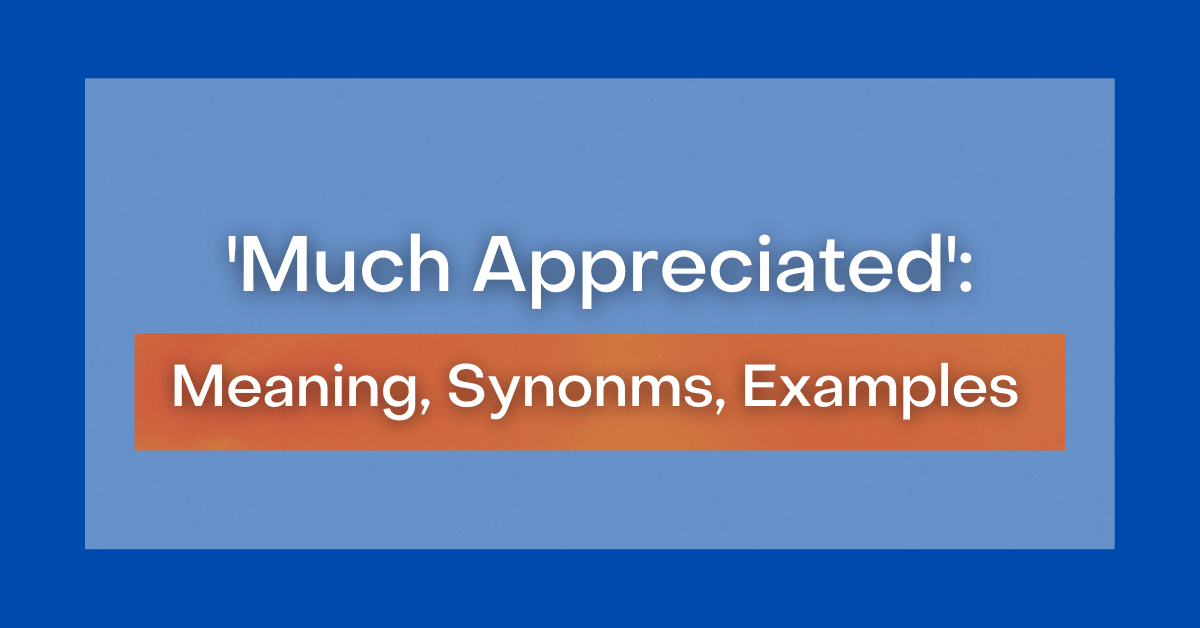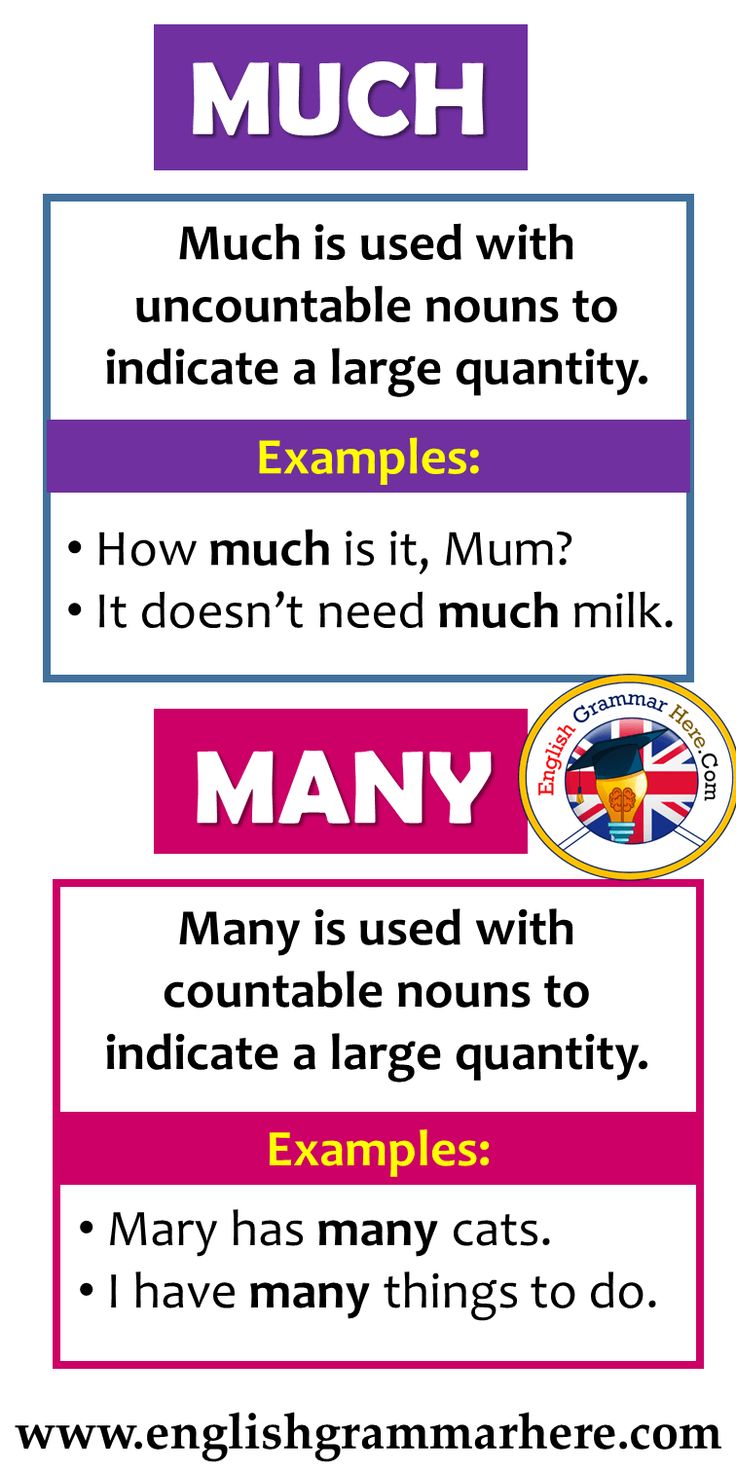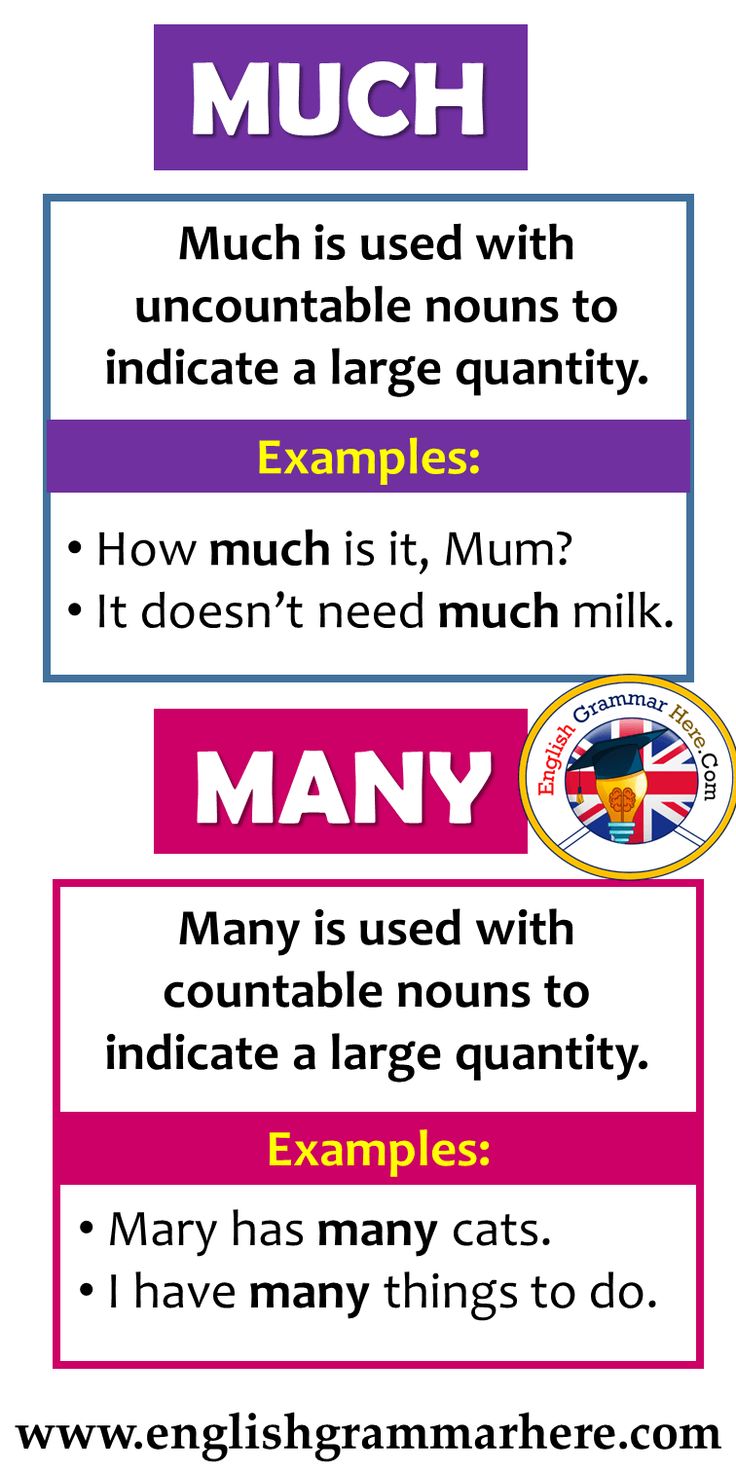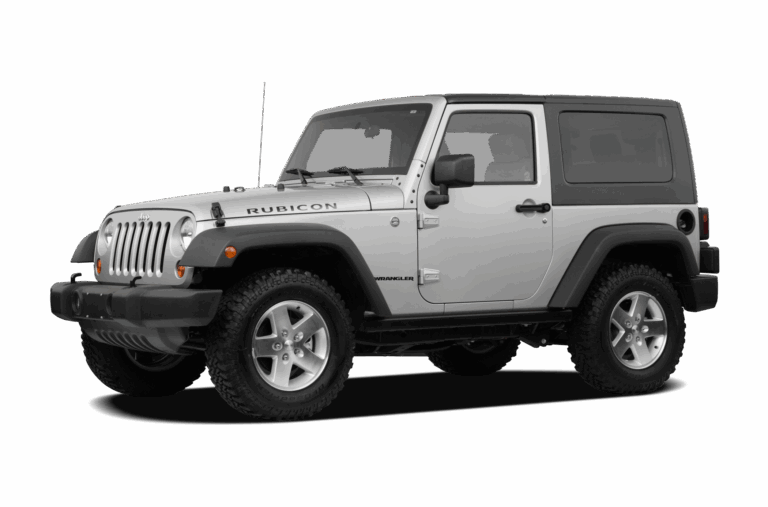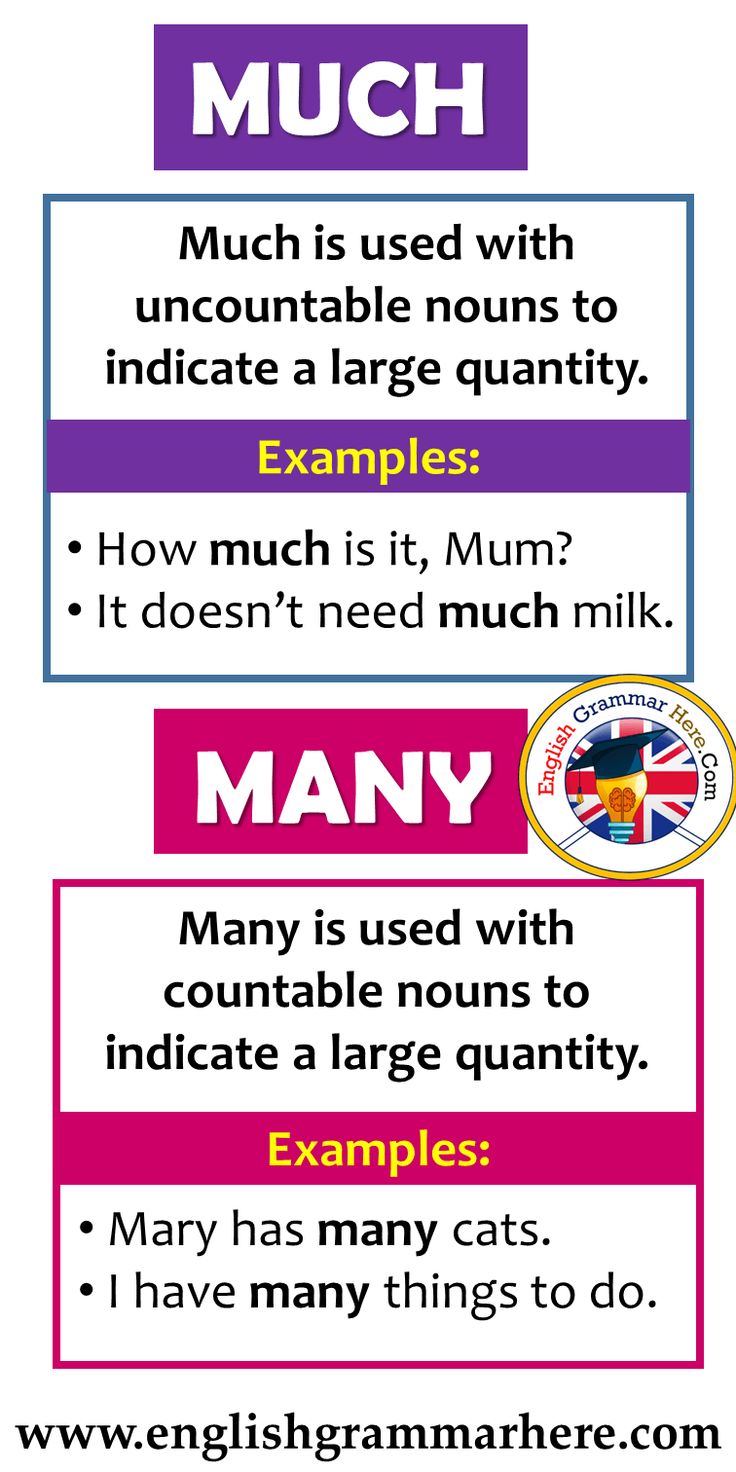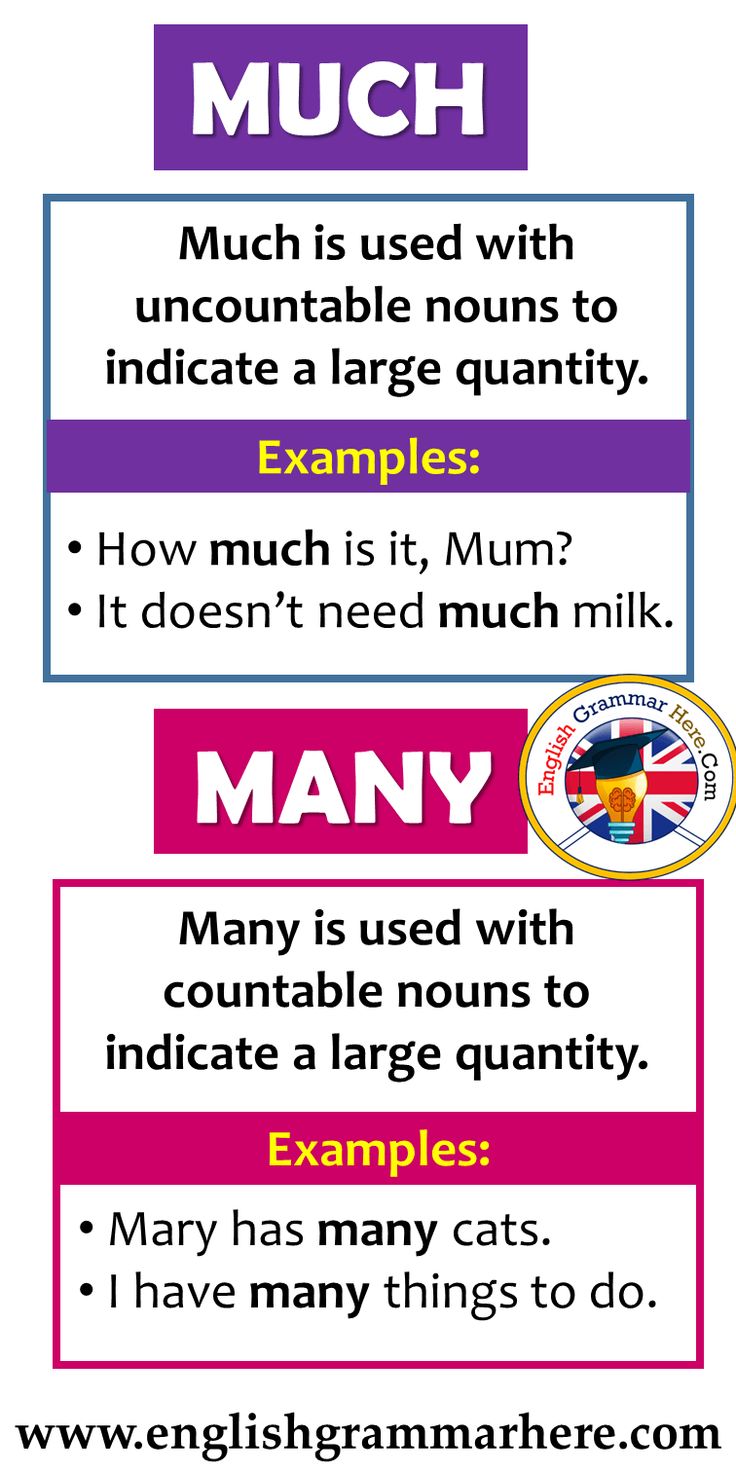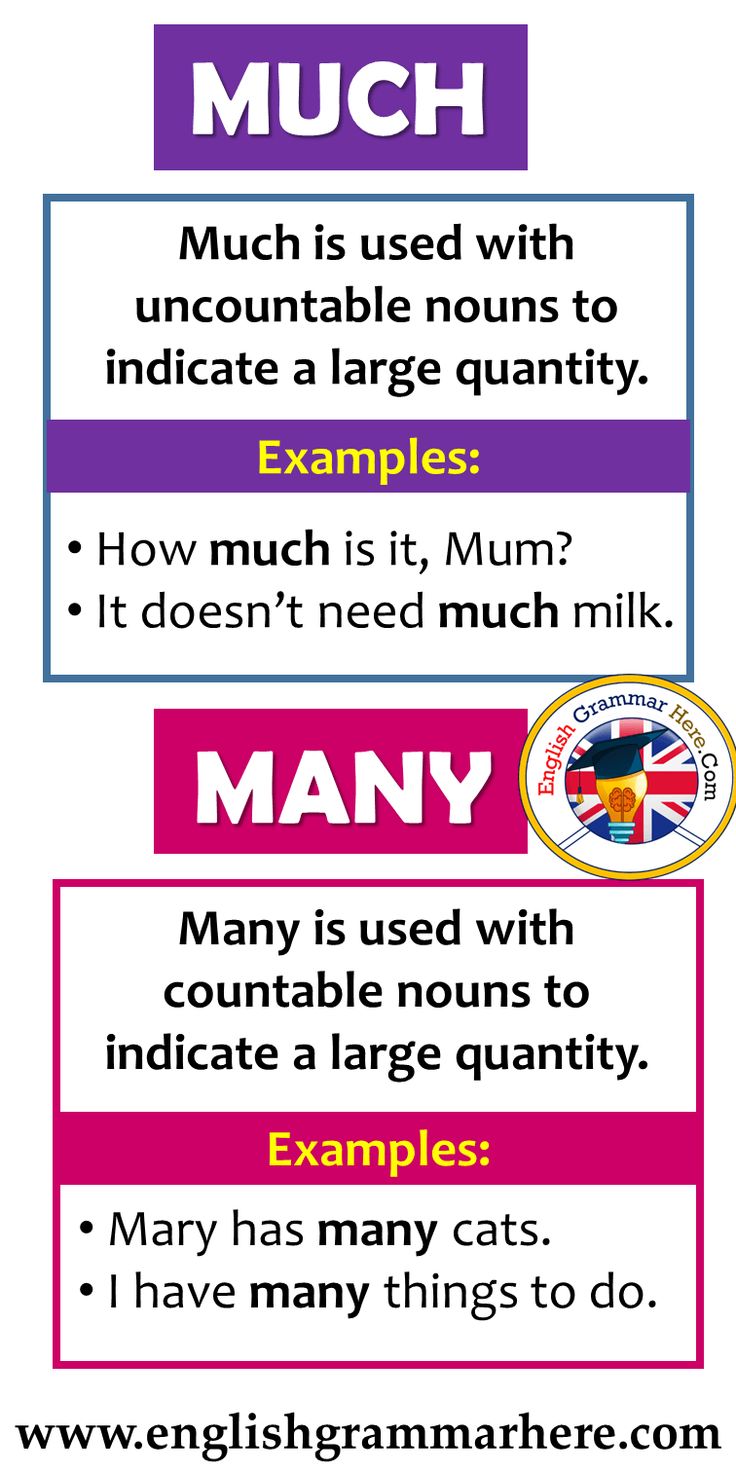How Much Can You Lease A Jeep Wrangler For
How Much Can You Lease A Jeep Wrangler For jeeps.truckstrend.com
The iconic Jeep Wrangler, with its rugged charm and unparalleled off-road capabilities, has captured the hearts of adventure seekers and urban explorers alike. While outright ownership remains a popular choice, an increasing number of enthusiasts are turning to leasing as a flexible and often more affordable way to experience the thrill of a Wrangler. But the burning question for many is: "How much can you lease a Jeep Wrangler for?"
Leasing a vehicle, at its core, is a long-term rental agreement. Instead of buying the car outright, you pay for the depreciation of the vehicle over a set period, plus interest and fees. For a vehicle like the Jeep Wrangler, known for its strong resale value, leasing can often translate into surprisingly competitive monthly payments, allowing you to enjoy a brand-new model every few years without the long-term commitment of ownership. This comprehensive guide will delve into the intricacies of leasing a Jeep Wrangler, exploring the factors that influence costs, providing practical estimation tools, and offering actionable advice to secure the best possible deal.
How Much Can You Lease A Jeep Wrangler For
Understanding Jeep Wrangler Lease Basics
Before diving into the numbers, it’s crucial to grasp the fundamental components that determine a lease payment. Unlike a car loan where you pay off the entire purchase price, a lease payment is primarily based on:
- Capitalized Cost (Cap Cost): This is essentially the negotiated selling price of the vehicle. Lowering the cap cost is the most significant way to reduce your monthly payments.
- Residual Value: This is the estimated value of the vehicle at the end of the lease term. Wranglers typically boast strong residual values due to their high demand and robust resale market. A higher residual value means less depreciation, which in turn leads to lower monthly payments.
- Money Factor: This is the equivalent of an interest rate in a loan, expressed as a small decimal (e.g., 0.00200). It’s calculated by multiplying the cap cost plus the residual value by the money factor. Your credit score heavily influences the money factor you’re offered.
- Lease Term: The duration of your lease, typically 24, 36, or 48 months. Shorter terms often have higher monthly payments but allow you to upgrade sooner.
- Mileage Allowance: The maximum number of miles you can drive annually without incurring penalties (e.g., 10,000, 12,000, or 15,000 miles). Exceeding this limit results in per-mile charges at the end of the lease.

Why lease a Wrangler? Leasing offers several benefits for the right individual:
- Lower Monthly Payments: Often significantly less than a traditional car loan for the same vehicle.
- Drive New Models More Often: You can upgrade to the latest model with new features every few years.
- Warranty Coverage: The vehicle is typically under warranty for the entire lease term, minimizing unexpected repair costs.
- Lower Upfront Costs: Down payments can be minimal or even zero, though a larger down payment will reduce monthly costs.
- Predictable Budgeting: Fixed monthly payments make financial planning easier.

Leasing is ideal for those who enjoy driving new vehicles, have consistent driving habits (stay within mileage limits), and prefer not to deal with vehicle resale.

Factors Influencing Your Jeep Wrangler Lease Price
The "how much" question is multifaceted, as a Jeep Wrangler’s lease price is influenced by a multitude of variables:
- MSRP & Trim Level: The starting point is the Manufacturer’s Suggested Retail Price (MSRP) of the specific Wrangler trim you choose. A basic 2-door Sport will lease for far less than a fully loaded 4-door Rubicon 392.
- Wrangler Sport: The entry-level, most affordable option.
- Wrangler Willys/Sport S: Mid-range, adding popular features and styling.
- Wrangler Sahara: More comfort-oriented, with premium interior and tech.
- Wrangler Rubicon: The ultimate off-roader, featuring advanced capabilities and a higher price tag.
- Wrangler High Altitude/392: Luxury and high-performance trims, commanding the highest lease rates.
- Optional Features & Packages: Every added option – from a premium hardtop, advanced safety group, larger infotainment screen, to specialized off-road packages – increases the capitalized cost and, consequently, your monthly payment.
- Lease Term: As mentioned, shorter terms generally mean higher monthly payments because the depreciation is spread over fewer months.
- Annual Mileage Allowance: Opting for a higher mileage allowance (e.g., 15,000 miles instead of 10,000) will increase your monthly payment as it accounts for greater projected depreciation.
- Your Credit Score: An excellent credit score (typically 700+) will qualify you for the lowest money factor, significantly reducing the finance charge portion of your payment. Poor credit can result in a much higher money factor or even denial of the lease.
- Down Payment / Capitalized Cost Reduction: While often advertised as $0 down, putting money down or having a trade-in can reduce the capitalized cost and lower your monthly payments. However, this money is lost if the vehicle is totaled early in the lease.
- Current Incentives & Specials: Automakers and dealerships frequently offer lease incentives, such as lower money factors, increased residual values, or cash rebates. These can drastically reduce your monthly payment. Always ask about current promotions.
- Taxes and Fees: Sales tax on the lease payment (or the total capitalized cost, depending on your state), acquisition fees (dealer fee for setting up the lease), documentation fees, and registration fees all add to the total cost. A disposition fee may also be charged at the end of the lease if you don’t purchase the vehicle or lease another from the same brand.
Estimating Your Monthly Lease Payments: A Step-by-Step Guide
While online calculators are helpful, understanding the formula empowers you to negotiate better. Here’s a simplified breakdown:
*Monthly Payment = [(Capitalized Cost – Residual Value) / Lease Term] + [(Capitalized Cost + Residual Value) Money Factor] + Applicable Taxes**
Let’s break down each part with examples:
- Negotiate the Capitalized Cost: This is the most crucial step. Treat it like buying the car; negotiate the selling price before discussing the lease. Aim for a price below MSRP. Let’s assume you negotiate a $40,000 Cap Cost for a Wrangler Sahara.
- Determine Residual Value: For a 36-month lease with 10,000 miles/year, a Wrangler might have a residual value of 60% to 65% of the MSRP. Let’s assume the MSRP was $42,000 and the residual is 62% of MSRP = $26,040.
- Find the Money Factor: This is usually provided by the dealer or can be found on online forums (convert APR to money factor by dividing by 2400). Let’s use 0.00150 (equivalent to 3.6% APR).
- Calculate Depreciation Portion: (Cap Cost – Residual Value) / Lease Term
- ($40,000 – $26,040) / 36 months = $13,960 / 36 = $387.78 per month
- Calculate Finance Charge Portion: (Cap Cost + Residual Value) * Money Factor
- ($40,000 + $26,040) 0.00150 = $66,040 0.00150 = $99.06 per month
- Add Base Monthly Payment: Depreciation + Finance Charge
- $387.78 + $99.06 = $486.84
- Add Sales Tax: If your state taxes the monthly payment (e.g., 7% sales tax on $486.84): $34.08
- Estimated Total Monthly Payment: $486.84 + $34.08 = $520.92
This example assumes no down payment and excludes upfront fees (acquisition, registration, etc.). Your actual payment will vary.
Common Jeep Wrangler Trims and Their Lease Price Ranges
The following table provides estimated monthly lease payment ranges for popular 2024 Jeep Wrangler trims based on a 36-month lease, 10,000 miles per year, excellent credit, and $0 down payment. These are estimates and can fluctuate significantly based on current incentives, dealer negotiation, and region.
| Trim Level (2024 Model) | Estimated MSRP Range | Estimated Monthly Payment Range (36 mo, 10k miles, $0 down, Good Credit) | Estimated Cap Cost (Negotiated) | Estimated Residual Value (60-65% of MSRP) | Estimated Total Cost of Lease (Payments + Fees) |
|---|---|---|---|---|---|
| Wrangler Sport (2-Door) | $32,000 – $36,000 | $380 – $450 | $30,000 – $34,000 | $19,200 – $23,400 | $14,000 – $17,000 |
| Wrangler Sport S (4-Door) | $38,000 – $42,000 | $450 – $530 | $36,000 – $40,000 | $22,800 – $27,300 | $16,500 – $19,500 |
| Wrangler Willys (4-Door) | $44,000 – $48,000 | $500 – $590 | $41,000 – $45,000 | $26,400 – $31,200 | $18,500 – $22,000 |
| Wrangler Sahara (4-Door) | $50,000 – $55,000 | $580 – $680 | $47,000 – $52,000 | $30,000 – $35,750 | $21,000 – $25,000 |
| Wrangler Rubicon (4-Door) | $54,000 – $60,000 | $630 – $750 | $51,000 – $57,000 | $32,400 – $39,000 | $23,000 – $27,500 |
| Wrangler High Altitude (4-Door) | $65,000 – $70,000 | $750 – $880 | $62,000 – $67,000 | $39,000 – $45,500 | $27,500 – $32,000 |
Note: Total Cost of Lease includes monthly payments over 36 months plus typical acquisition and disposition fees, but excludes sales tax (which varies by state) and any potential over-mileage or excess wear and tear charges.
Navigating the Leasing Process: Tips for a Better Deal
Securing a favorable lease on your Jeep Wrangler requires diligence and negotiation savvy:
- Research Thoroughly: Know the MSRP, invoice price, current incentives, residual value, and money factor for your desired trim before stepping into the dealership. Websites like Edmunds, Leasehackr, and manufacturer sites are invaluable.
- Negotiate the Capitalized Cost: This is your primary lever. Always negotiate the "selling price" of the vehicle as if you were buying it. A lower cap cost directly translates to lower payments.
- Shop Around: Get quotes from multiple dealerships. Competition among dealers can drive down prices. Don’t be afraid to use a quote from one dealer to leverage a better deal from another.
- Understand All Fees: Ask for a clear breakdown of all upfront fees (acquisition, documentation, registration) and end-of-lease fees (disposition).
- Be Realistic About Mileage: Choose a mileage allowance that accurately reflects your driving habits. Going over can be costly. If you’re consistently over, consider buying or a higher mileage lease.
- Consider a Shorter Term: If you enjoy having the latest features or your driving needs might change, a 24-month lease might be appealing, even if the monthly payment is slightly higher.
- Read the Fine Print: Pay close attention to the wear and tear guidelines to avoid surprises at lease end. Understand early termination clauses, which can be very expensive.
- GAP Insurance is Essential: Guaranteed Asset Protection (GAP) insurance covers the difference between what you owe on the lease and what your auto insurance will pay if the vehicle is stolen or totaled. It’s often required by lenders and is a crucial safety net.
Challenges and Considerations When Leasing a Wrangler
While leasing offers many advantages, it’s not without its drawbacks, especially for a vehicle like the Wrangler:
- Mileage Restrictions: This is perhaps the biggest limitation for many. Wranglers are often driven for spontaneous adventures, which can quickly rack up miles. Exceeding your allowance can lead to hefty penalties (e.g., $0.20-$0.25 per mile).
- Customization Limitations: A core appeal of the Wrangler is its modifiability. However, most lease agreements strictly prohibit significant modifications (lifts, large tires, aftermarket bumpers, etc.) that cannot be easily reversed without damage. Any non-reversible modification or damage from a reversible one will result in charges.
- No Equity Build-up: At the end of the lease, you don’t own the vehicle and have no equity. Your payments build no ownership stake.
- Wear and Tear Guidelines: While normal wear and tear is usually accepted, anything beyond that (dents, scratches, damaged interior, tire wear beyond normal limits) can incur charges. Off-roading a leased Wrangler can be risky due to potential damage.
- Early Termination Penalties: If your circumstances change and you need to end the lease early, the penalties can be substantial, often requiring you to pay the remaining lease payments and other fees.
- Insurance Costs: Lease agreements often require higher levels of insurance coverage (e.g., lower deductibles, specific liability limits) compared to outright ownership, potentially increasing your premiums.
Frequently Asked Questions (FAQ)
Q1: Can I buy my leased Wrangler at the end of the term?
A1: Yes, absolutely. Your lease agreement will state a "purchase option price" or "buyout price," which is typically the residual value plus any purchase option fees. If the market value of the vehicle is higher than this price, it can be a good deal.
Q2: What happens if I go over my mileage limit?
A2: You will be charged a per-mile penalty for every mile exceeding your allowance. This charge is typically outlined in your lease agreement (e.g., $0.20-$0.25 per mile).
Q3: Can I modify a leased Wrangler for off-roading?
A3: Generally, significant, non-reversible modifications are not allowed on leased vehicles. Any modifications must be removed before returning the vehicle, and you’ll be responsible for any damage caused during the modification or removal process. Minor, easily reversible accessories (like floor mats or seat covers) are usually fine.
Q4: Is GAP insurance required for a lease?
A4: While not always legally required, it is highly recommended and often a mandatory stipulation from the leasing company. It protects you financially if the vehicle is totaled or stolen, covering the difference between the insurance payout and what you still owe on the lease.
Q5: Is leasing cheaper than buying a Wrangler?
A5: Monthly lease payments are typically lower than loan payments for the same vehicle because you’re only paying for depreciation, not the entire purchase price. However, over the long term, buying and keeping a vehicle for many years is usually more cost-effective as you eventually own the asset. Leasing means you’re always making payments and never build equity.
Q6: What credit score do I need to lease a Jeep Wrangler?
A6: To qualify for the best lease rates (lowest money factor), you’ll generally need a FICO credit score of 700 or higher. Scores between 620-699 might still qualify but with higher rates, while scores below 620 may make it difficult to get approved for a lease.
Q7: What are my options at the end of a Jeep Wrangler lease?
A7: You typically have three main options:
- Return the vehicle: Simply turn it in to the dealership, pay any excess mileage or wear-and-tear charges, and the disposition fee.
- Buy the vehicle: Purchase it for the residual value plus any fees.
- Lease a new vehicle: Trade in your current leased Wrangler for a new one, often with some loyalty incentives.
Conclusion
Leasing a Jeep Wrangler offers a compelling pathway to experience the legendary capabilities and adventurous spirit of this iconic vehicle without the long-term financial commitment of ownership. By understanding the key factors that influence lease payments—from trim level and mileage allowance to your credit score and current incentives—you can demystify the process and approach dealerships with confidence.
While the appeal of lower monthly payments and the ability to drive a new Wrangler every few years is undeniable, it’s crucial to weigh these benefits against the limitations, particularly mileage restrictions and customization constraints. For the driver who appreciates predictable budgeting, enjoys staying current with vehicle technology, and doesn’t plan extensive modifications or extreme off-roading, leasing a Jeep Wrangler can be an incredibly rewarding and financially sensible choice. Do your homework, negotiate wisely, and soon you could be embarking on your next adventure in a brand-new Wrangler, knowing exactly how much it cost to get you there.
